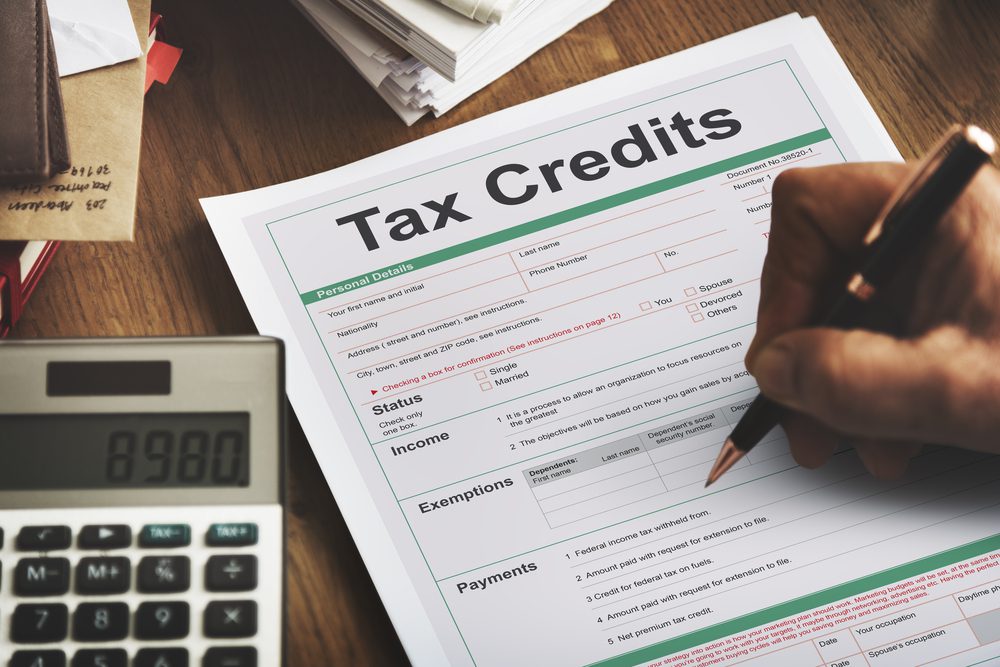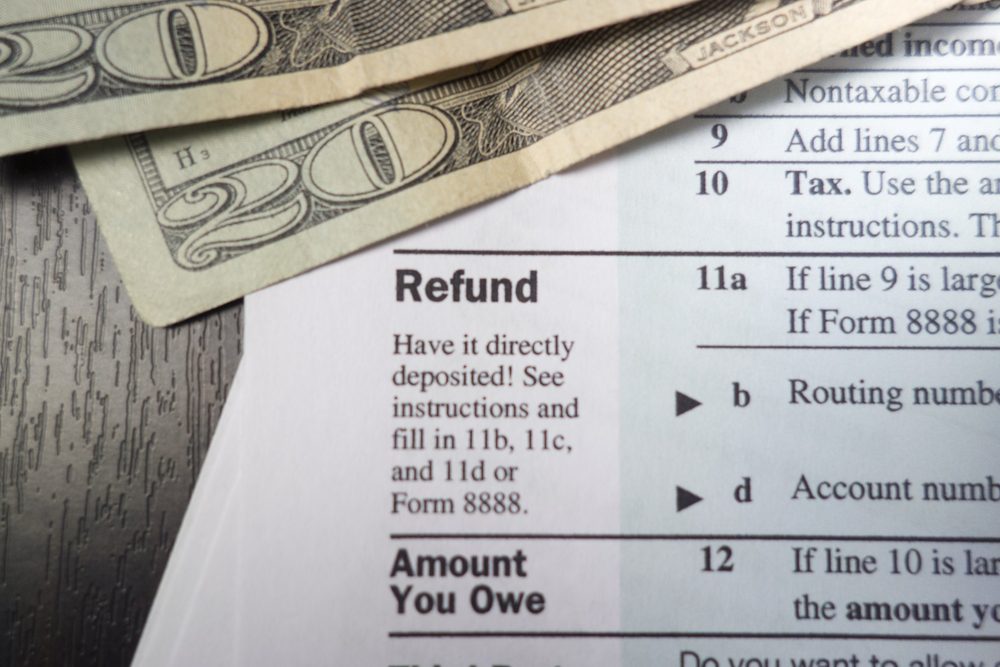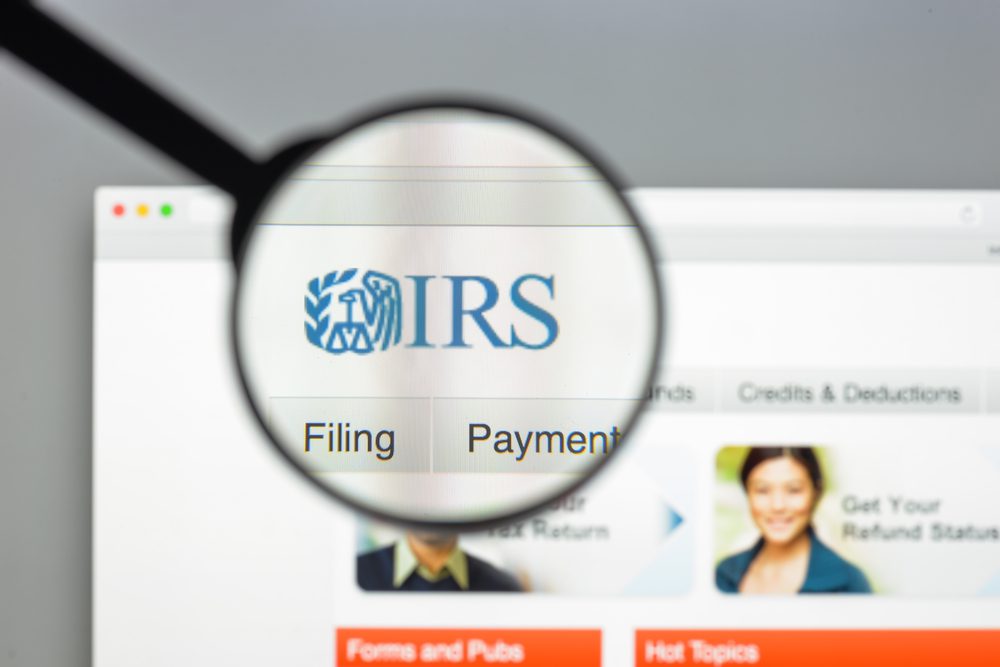
Those of you who are freshly retired and are constantly planning for the next trips, golf rounds, and entertainment shows, good for you! You have all the right to do so, given that you worked your entire life for this moment!
However, lots of seniors forget to take into consideration an important aspect: the cumulative impact of all the federal and state income taxes on withdrawals from their own nest eggs. The way retirement income is taxed is a very important aspect, so forgetting about it is nothing but a faulty mistake.
The U.S. tax laws believe that most forms of retirement income are fair game, such as Social Security benefits, pensions, and withdrawals from your 401(k)s and the traditional IRAs. Of course, if you live in a state with no income tax, you should expect your home state to ding you after retiring, too. Here’s what federal income taxes will be like, depending on 12 common sources of retirement income.









